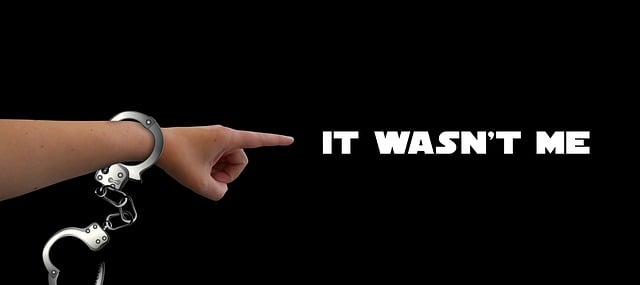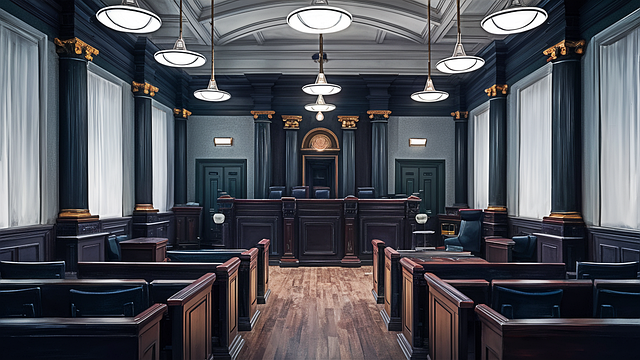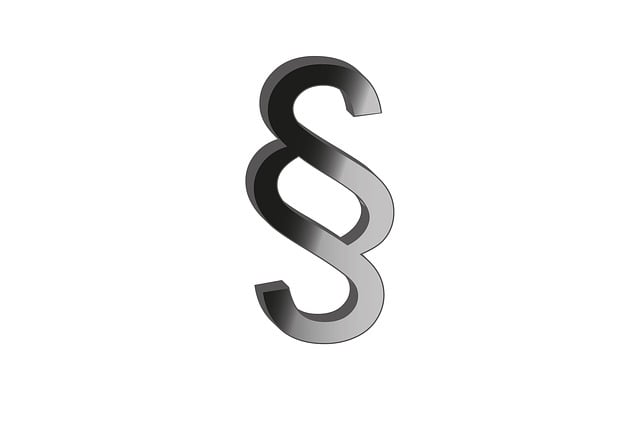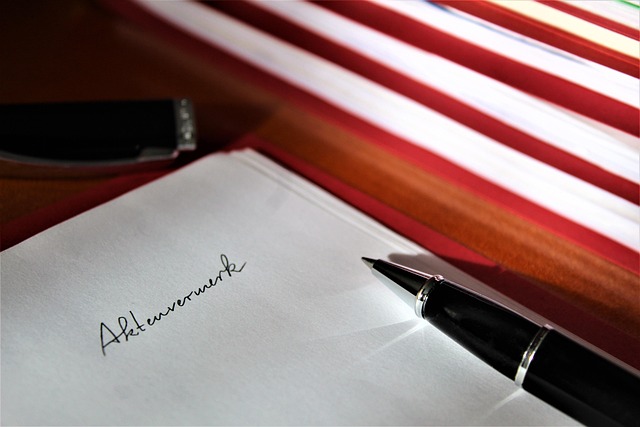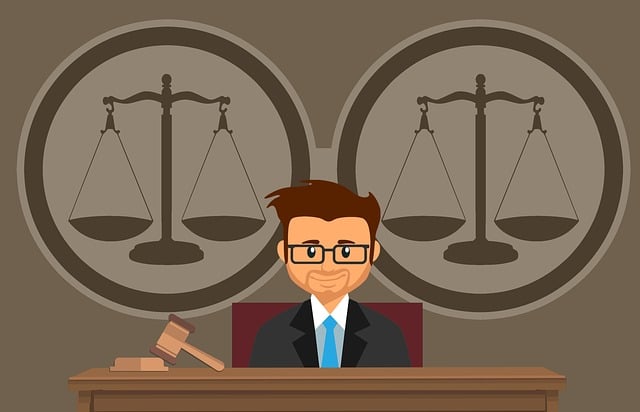Forensic evidence, while crucial in modern trials, is subject to challenge due to potential human error, bias, and technological limitations. Attorneys must scrutinize evidence collection and analysis methodologies, especially regarding chain-of-custody issues and sample contamination. By questioning examiner expertise and presenting alternative explanations through expert testimony, they can weaken the prosecution's case. Understanding these challenges, as highlighted by the SEO keyword "How to Challenge Forensic Evidence in Court," is vital for ensuring fairness in criminal justice.
“In the intricate web of criminal law enforcement, forensic evidence stands as a cornerstone, often determining the outcome of trials. This article delves into the art and science behind challenging forensic evidence in court. We explore the diverse types of forensic evidence used in criminal trials, from DNA analysis to ballistics. Understanding the legal frameworks governing these methods is key. Additionally, we dissect strategies to counter expert testimonies, highlighting effective cross-examination techniques. Through real-world case studies, we demonstrate successful challenges, underscoring the importance of questioning scientific rigor and reliability in pursuit of justice.”
- Understanding Forensic Evidence: Types and Role in Criminal Trials
- The Basics of Challenging Forensic Evidence: Legal Frameworks
- Scientific Rigor and Reliability: Grounds for Dispute
- Cross-Examination Techniques to Weaken Forensic Testimonies
- Case Studies: Successful Challenges to Forensic Evidence
Understanding Forensic Evidence: Types and Role in Criminal Trials

Forensic evidence plays a pivotal role in modern criminal trials, offering invaluable insights that can make or break a case. This includes physical evidence such as fingerprints, DNA samples, ballistics reports, and digital forensics like hacked emails or manipulated files. These types of evidence are crucial in high-stakes cases involving corporate and individual clients, where the accuracy and reliability of data can be paramount. However, understanding forensic evidence is just half the battle; effective strategies to challenge its admissibility in court are equally vital for any general criminal defense.
Attorneys must scrutinize the methodology behind forensic analyses, questioning the expertise and potential biases of examiners. For instance, missteps in chain-of-custody management or contamination of samples can cast serious doubts on the integrity of evidence. Moreover, advances in technology mean that new methods may introduce inherent uncertainties, requiring defense teams to stay abreast of scientific developments. By effectively challenging forensic evidence, legal professionals ensure a fair trial and safeguard their clients’ rights in both corporate and individual settings.
The Basics of Challenging Forensic Evidence: Legal Frameworks
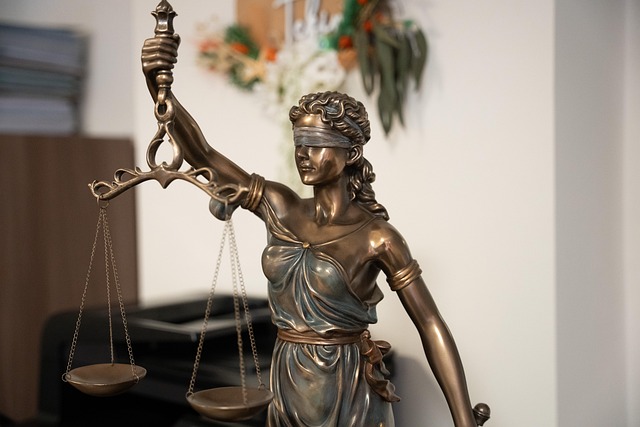
Forensic evidence plays a pivotal role in criminal law enforcement, often shaping the outcome of high-stakes cases across the country. However, it’s crucial to understand that this evidence is not infallible and can be challenged in court. The process of questioning forensic findings involves navigating complex legal frameworks that vary by jurisdiction.
To effectively how to challenge forensic evidence in court, legal professionals must employ strategic tactics. This includes scrutinizing the methodology used to collect and analyze evidence, examining potential sources of contamination or error, and presenting alternative explanations or interpretations. Expert testimony often plays a significant role, with defense attorneys engaging certified experts to counter the prosecution’s findings, thus ensuring jury trials are informed by diverse perspectives.
Scientific Rigor and Reliability: Grounds for Dispute

In the realm of criminal law enforcement, scientific rigor and reliability are paramount to ensure justice. However, even with advanced techniques and technology, forensic evidence can be contested. Challenges often arise due to human error, biased methodologies, or outdated practices. When it comes to how to challenge forensic evidence in court, a comprehensive understanding of the scientific process is crucial. Defense attorneys specializing in white-collar cases across the country have mastered this art, successfully advocating for their clients by examining the validity and reliability of forensic data.
Disputes can center around issues like contaminant cross-contamination, inaccurate calibration of equipment, or misinterpretation of results. Experts in the field must adhere to strict protocols to maintain integrity. For instance, in digital forensics, chain-of-custody procedures ensure that electronic evidence remains unaltered and verifiable throughout its collection and analysis. By scrutinizing these processes, attorneys can cast doubt on the admissibility of forensic findings, ultimately impacting the strength of the prosecution’s case.
Cross-Examination Techniques to Weaken Forensic Testimonies
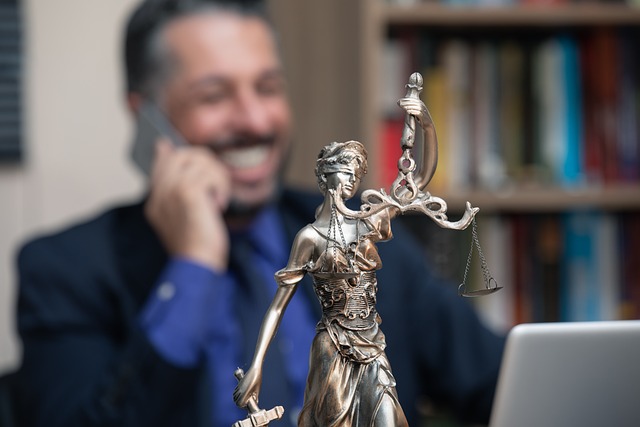
Forensic testimonies play a pivotal role in criminal trials, often holding immense weight with juries. However, skilled defense attorneys employ various cross-examination techniques to weaken these crucial pieces of evidence. The goal is not to undermine the science but to expose potential flaws and inconsistencies that could cast doubt on the witness’s reliability and the validity of their conclusions.
One effective strategy involves delving into the methods used to collect and analyze forensic data, questioning the level of expertise and adherence to industry standards. For instance, challenges can be raised regarding the handling, storage, or preservation of evidence, as well as the tools and techniques employed. By highlighting these aspects during cross-examination, attorneys aim to create reasonable doubt in the minds of jurors, potentially leading to winning challenging defense verdicts and achieving extraordinary results. This approach is particularly crucial at all stages of the investigative and enforcement process, ensuring a thorough examination of evidence and due process for the accused.
Case Studies: Successful Challenges to Forensic Evidence

Forensic evidence plays a pivotal role in criminal cases, but it’s not infallible. Case studies across the country highlight successful challenges to forensic evidence, demonstrating that defendants can and do avoid indictment by questioning its reliability. These challenges often center around issues of contamination, proper handling, and technological limitations—for instance, DNA analysis errors or misinterpretations of ballistics data.
Lawyers employ various strategies, including expert testimony and cross-examination, to cast doubt on the integrity of forensic evidence. In some cases, this has led to complete dismissal of all charges. By presenting alternative explanations and raising doubts about the methodology used, defense attorneys can significantly impact the outcome of a trial. Understanding these case studies is crucial for both legal professionals and the general public in appreciating the complexities involved in navigating the criminal justice system.
Understanding how to challenge forensic evidence in court is crucial for navigating criminal trials. By grasping the types of forensic evidence, legal frameworks governing their admissibility, and techniques for cross-examination, defense attorneys can effectively weaken testimonies and potentially alter outcomes. As demonstrated by successful case studies, questioning scientific rigor and reliability is key to exposing potential biases or errors. Mastering these strategies empowers legal professionals to ensure fair trials and protect the rights of the accused in the digital era and beyond.
